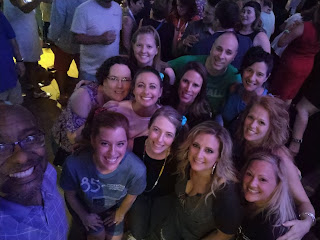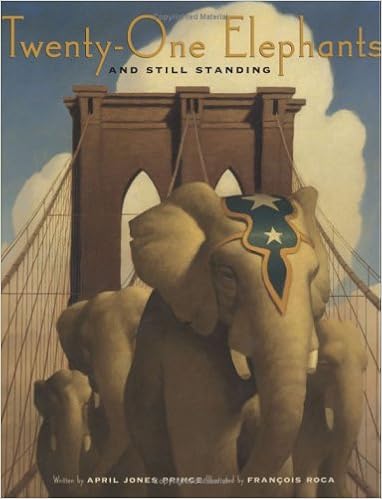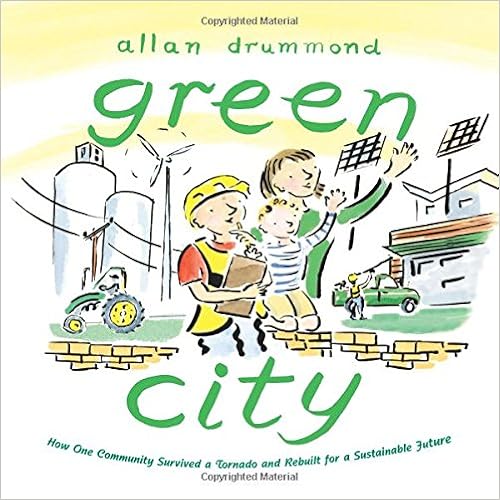 Since my word for last year was so fitting and much needed in my life, choosing a word for this year was quite challenging. Just like you, I looked for inspiration in lots of places, through my social media #PLN and through things that I've read.
Since my word for last year was so fitting and much needed in my life, choosing a word for this year was quite challenging. Just like you, I looked for inspiration in lots of places, through my social media #PLN and through things that I've read.About a month ago, a friend of mine suggested that I read Melinda Gates' book. We were chatting back and forth on Voxer and agreed that we would both grab a copy and read it. Although I didn't know much about Gates' personal story, I recalled seeing it in an airport bookstore while traveling to a speaking engagement the week before. I hopped onto Amazon and had the book in my hand the next day.
The book, The Moment of Lift: How Empowering Women Changes the World has inspired my one word for 2020 . . . LIFT.
If you haven't had the opportunity to read this book, I would highly encourage you to grab a copy. The stories that are shared span the globe and detail the inadequacies that exist within systems throughout the world. Gates shares her personal journey towards empowerment and the importance of the relationships that she has built over time through the work of the foundation. And while there are numerous takeaways from this book (gender equity issues in the workplace, developing empathy, and enacting change), I personally kept returning to the title and the simple idea of LIFT.
 Particularly in the fast-paced world that we live in and with the abundance of things that we all try to balance in our lives, it is important to stop and think about the potential opportunities that we might miss to create those moments of lift. As Robert Ingersoll reminds us, "We rise by lifting others."
Particularly in the fast-paced world that we live in and with the abundance of things that we all try to balance in our lives, it is important to stop and think about the potential opportunities that we might miss to create those moments of lift. As Robert Ingersoll reminds us, "We rise by lifting others."Reflecting on the way that this word connects with my personal and professional life, I was flooded with questions:
Who do I lift? Do I take opportunities to lift up my children and family? In what ways can I do a better job of creating moments of lift for the teachers and students in my school district? How can I use my platform to lift up important ideas and share them with others? In what ways can I let my guard down and allow others to lift me?
How might I grow through a yearlong focus on this one word?
Believing that this single word can create positive momentum for others, how might I support those who need lifting? Are there small steps that I can take to build up and empower others? What conditions need to be present in order for someone to find their moment of lift?
Within the different roles that I take on--as a family member, friend, colleague, leader, I need to be intentional about seeking out ways to create lift, accept lift, and promote lift in others.
I don't claim to have the answers to any of these questions yet, but I know that over the course of the next year, I will pursue each of them in an effort to explore the importance of lift.
I think about all of the tremendous ways that Melinda Gates and the Gates Foundation have lifted up the voices of women and others who are on the fringe. While I know that the magnitude of their work is unmatchable, I hope that I will find small ways each day to create lift--for others, for students and teachers that I serve, and for myself.
I wish everyone a Happy 2020. As you discover moments of lift this year, please share the ways that you are lifting others or ways that you have been lifted by those around you.






















